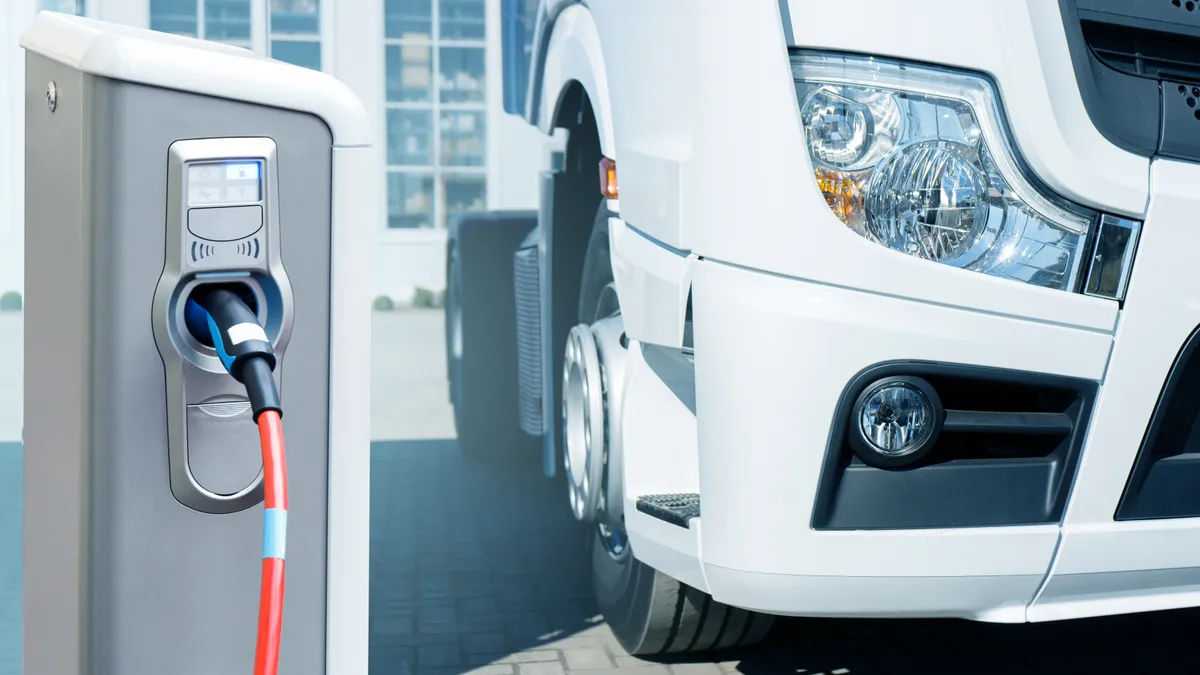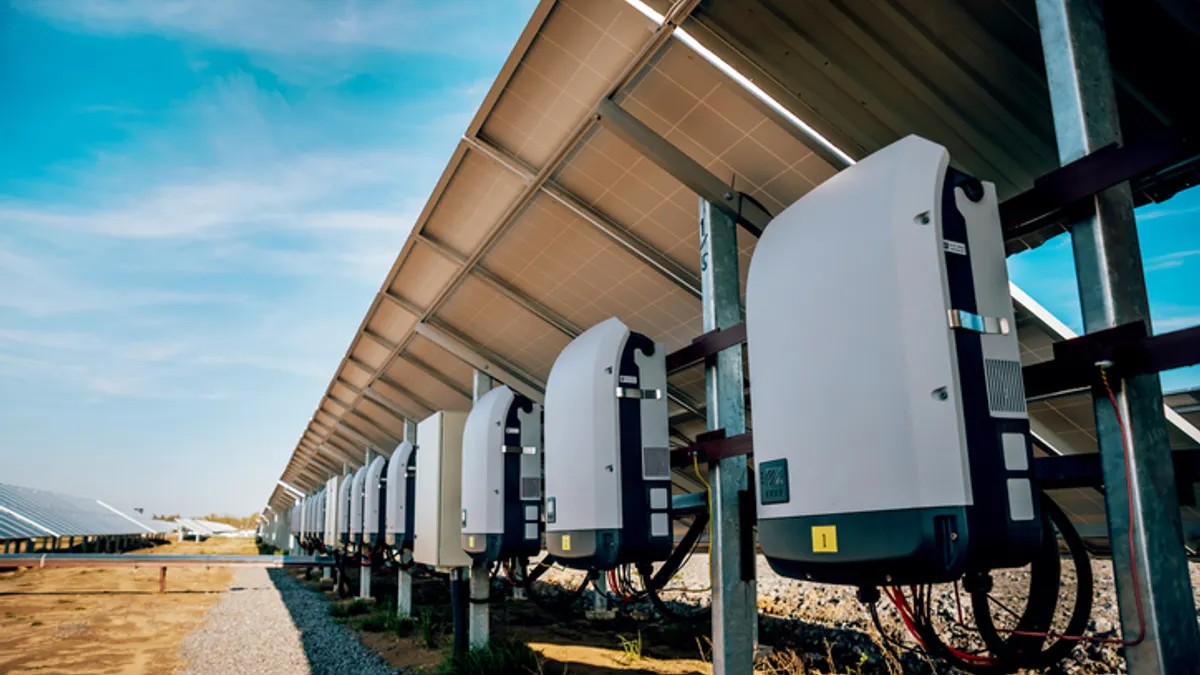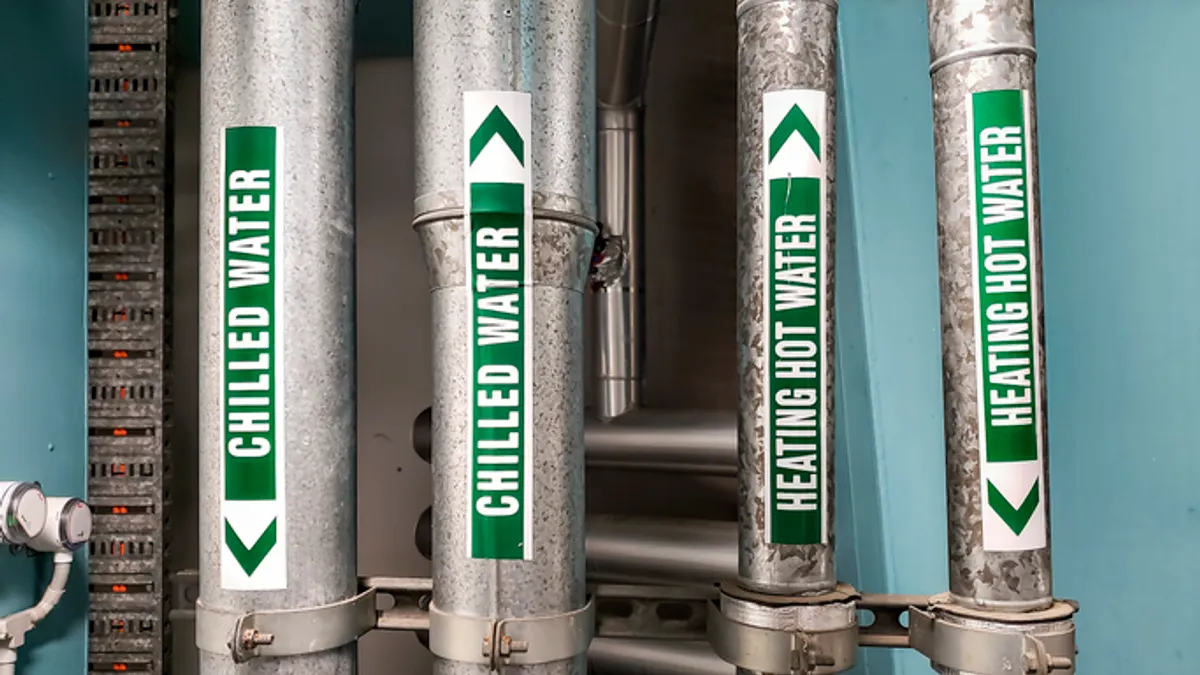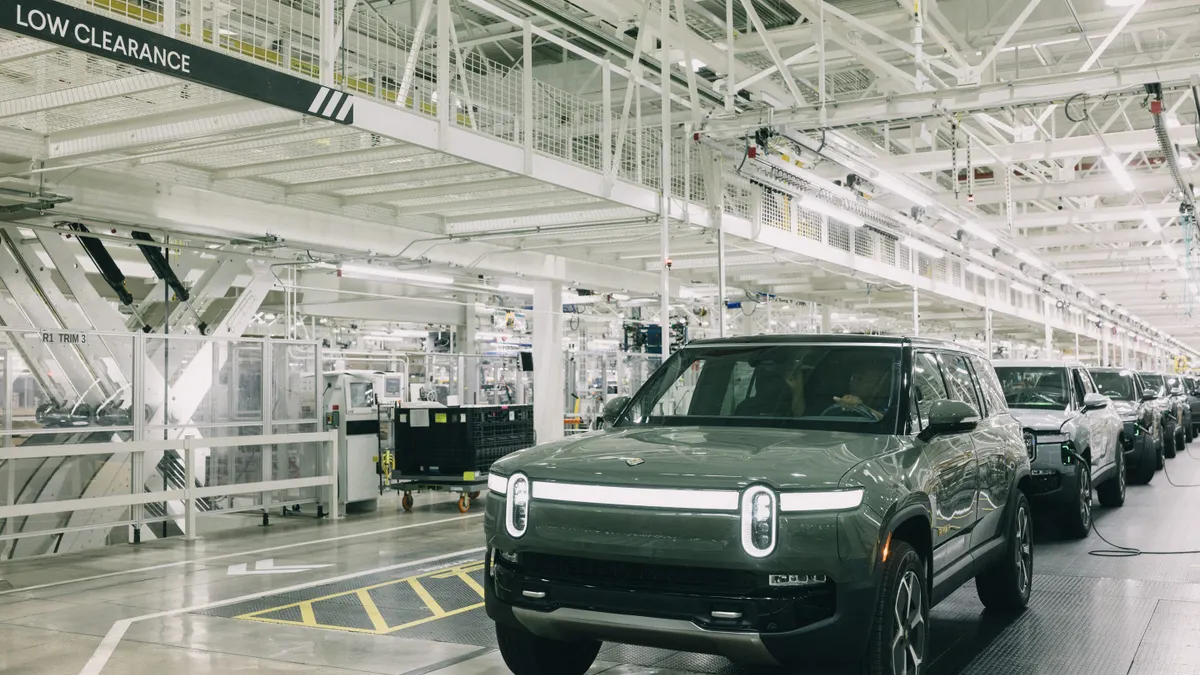The following is a contributed article by Will Sierzchula, managing consultant at Guidehouse.
The three classic knocks on electric vehicles have been lack of charging infrastructure, high purchase cost and limited driving range.
Policy wonks and EVangelists have promoted installing charging stations as a way to reduce range anxiety and increase appeal among household car buyers. But dedicated parking and available charging have meant that most personal EVs haven’t had to rely heavily on public charging, except with long-distance travel.
For fleet EVs, however, the market landscape is notably different. Fleet managers can optimize vehicle range, routes and charging availability in ways that are beyond most individual car owners.
As EV range increases and fleet managers become more familiar with vehicle performance, it is easy to envision a scenario where EVs make up most urban fleet traffic, utilizing public charging scattered throughout cities for longer delivery routes. Local fleet EVs will proliferate as larger charging networks and cheaper vehicles create a virtuous cycle.
The path forward is murkier, though, for long-haul trucking. Due to their low efficiency, high vehicle miles travelled and large batteries, these vehicles require a tremendous amount of energy to complete interstate trips. Some simple back-of-the-envelope math illustrates the magnitude of this problem. Currently there are 4 million Class 8 trucks that drive, on average, 63,000 miles annually. While some regional trucks travel 30,000-40,000 miles in a year, other Class 8 tractors travel five times that amount.
Based on their size, these vehicles would require roughly 2 kWhs for each mile driven — the current specs for Tesla’s Semi. Combining these figures results in long-haul trucks requiring 504 tWh annually in the U.S. (double California’s 2021 generation) if they were all to electrify now.
Guidehouse projections routinely identify electric long-haul trucks, in addition to EVs from single-unit households, as the biggest contributors to vehicle load impacts. Guidehouse analysis indicates they account for 14% of Medium and Heavy-Duty Vehicle market share, but 40% of the segment’s greenhouse gases.
Figuring out charging infrastructure for the long-haul trucking industry represents a tricky and potentially lucrative problem. Indeed, this challenge may ultimately push heavy-duty semi-trucks toward hydrogen fuel, while most other vehicle classes embrace electricity.
There stands to be a substantial transfer of revenue from diesel to charging station mangers as well as across the entities that generate the fuel (i.e., from oil companies to electric utilities). In some cases, existing operators could make this transition, but there is also a high likelihood that the refueling industry will be disrupted. Indeed, this challenge may ultimately push heavy-duty semi-trucks toward hydrogen fuel, while most other vehicle classes embrace electricity.
The energy needed to support electric semis is enormous, from a generation perspective. However, it is the transmission and distribution angle that makes this challenge truly daunting for utility planning and investment.
Analysis of the National Renewable Energy Laboratory’s Fleet DNA data suggests that, if electric long-haul trucks have similar driving patterns to semis with internal combustion engines, almost 70% of vehicle miles travelled from Class 8 semi-trucks would need to charge at public stations and not at company depots. This would result in most interstate trip charging occurring in truck stops along busy corridors — often far away from generation resources in urban areas.
As indicated above, there is considerable uncertainty in this area of mobility, and we do not know what fuel long-haul trucks will use.
It is also not clear what driving patterns these vehicles would have if they transitioned away from diesel. Even given the uncertainty and formidable barriers, there has been a recent uptick in buzz around electric semis, with Freightliner unveiling an updated Cascadia truck; the Volvo VNR Electric truck increasing range by 85%; and Tesla’s Semi slated to be released this fall.
The Gladstein Neandross & Associates state of sustainable fleets 2022 survey indicates that heavy-duty Battery Electric Vehicle deployments will increase to hundreds in 2022 and 2023. Currently, electricity is the front-runner and has momentum to be the predominant fuel for semi tractors.
Utilities help to prepare
Utilities are helping prepare for fleet electrification through working relationships with fleets and regulators. In most cases, utilities already know or are seeking to identify fleets in their territory that will require additional charging infrastructure investment. Ongoing conversations with their fleet managers will provide utilities clarity about the fleet companies’ electrification plans and charging behavior. This, in turn, will help inform regulators about how to structure rate plans and permits to facilitate the shift to electric fleets.
As part of these preparations, utilities need to consider the possibility they will have to accommodate multiple megawatt chargers in far-flung truck stops. It will take years of planning and development to build out sufficient capacity to handle this kind of demand, including potentially adding individual substations per MW chargers.
Utilities should work closely with vehicle manufacturers, government agencies and trucking companies to figure out how to facilitate electric long-haul trucking. One option would entail collaborating to provide expensive fast-charging along a specific corridor for a predictable route as a proof of concept.
Volvo is partnering with Shell, the California Energy Commission and others to get five stations online along Interstate 5 by the end of 2023. Assuming pilots like these are successful, the collaboration could gradually extend electrified corridors, connecting metropolitan areas.
While pilot projects are important, broad electrification of long-haul trucking will likely need to wait until charging infrastructure is sufficient to recharge a semi-truck in a reasonable time. A 300-kWh battery would go 150 miles before needing approximately an hour to recharge from a 300-kWh fast charger. For comparison, an internal combustion engine Class 8 tractor often has two 150-gallon tanks, which at 6 mpg means they could cover 1,800 miles before needing to be refueled.
This disparity shows the magnitude of the difference in range between an electric and internal combustion engine semi. Both the battery size and charging speed will need to increase to make electric semis competitive.
While the energy required for an electric long-haul fleet may be alarming, electrification of this vehicle segment will not happen overnight. Utilities have some time to see how the industry evolves, but they shouldn’t delay too long because it will take years to build the infrastructure necessary to recharge electric semi-trucks at distant truck stops. Helpfully, utilities are already establishing the working relationships with regulators and fleet managers necessary to facilitate the crucial infrastructure component of this transition.





















